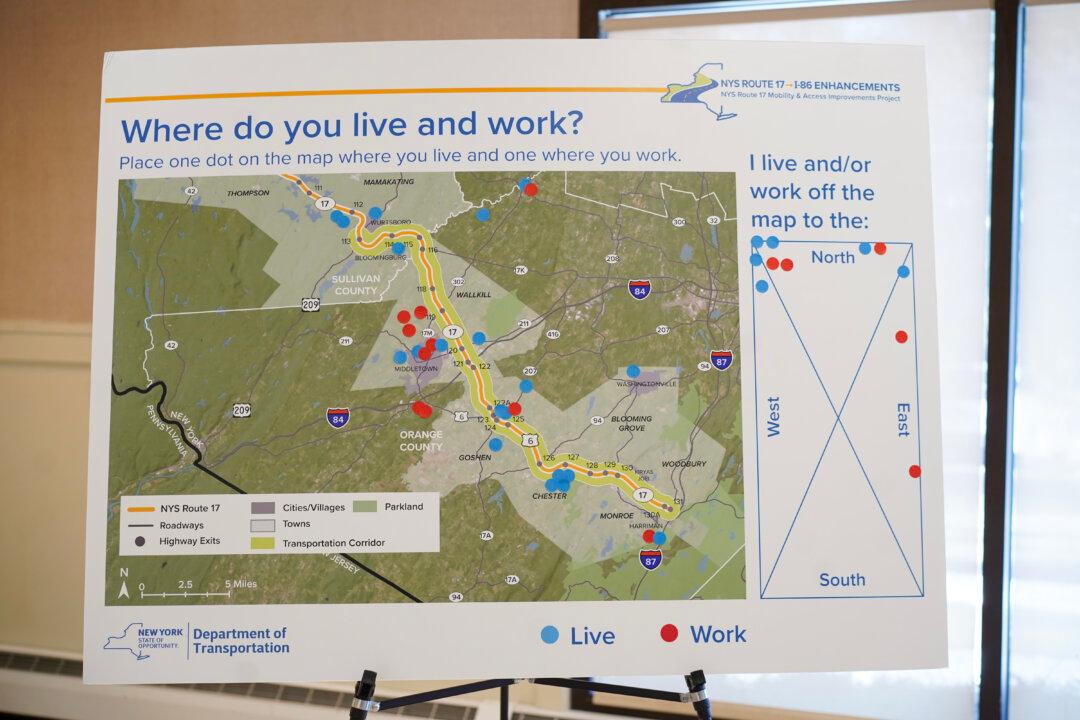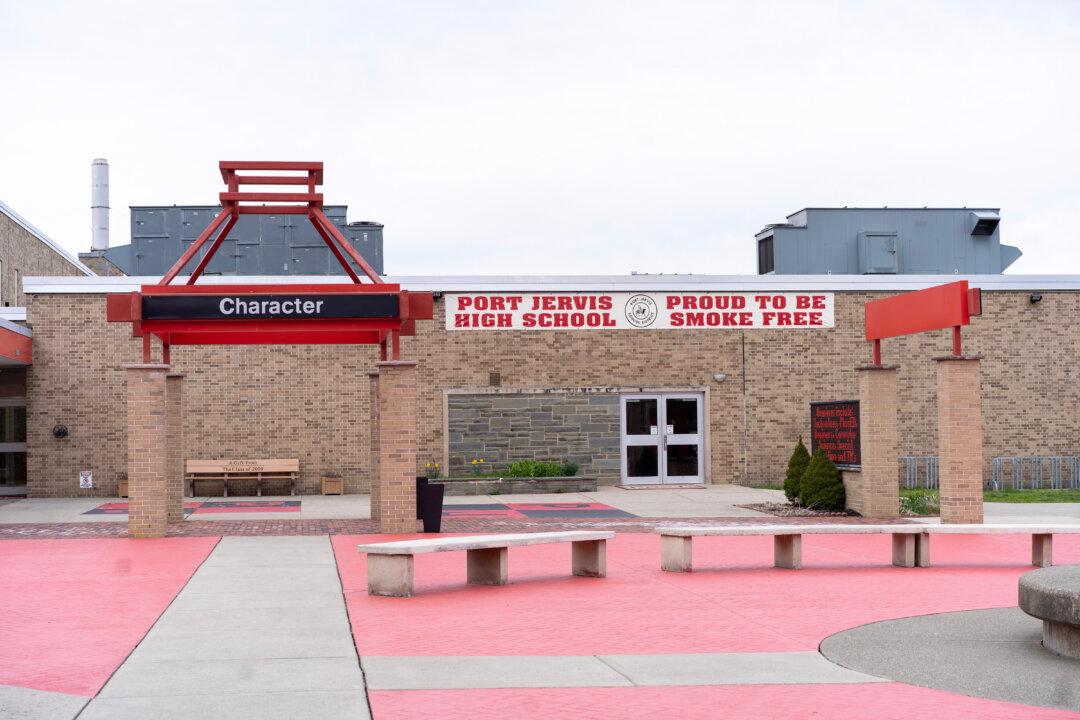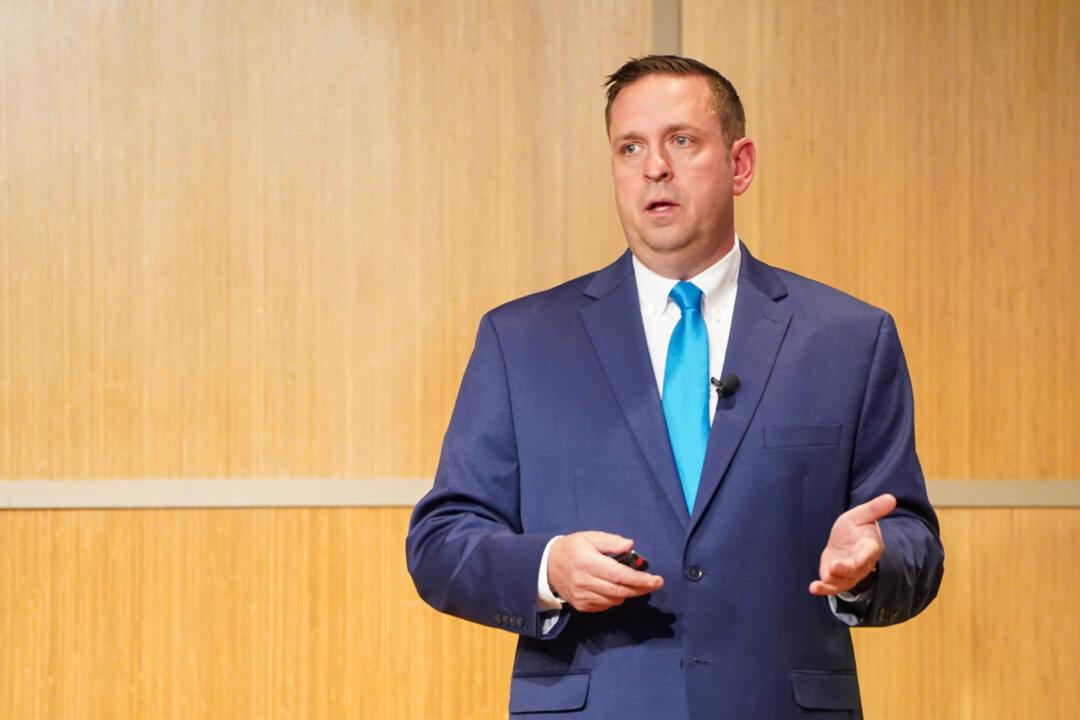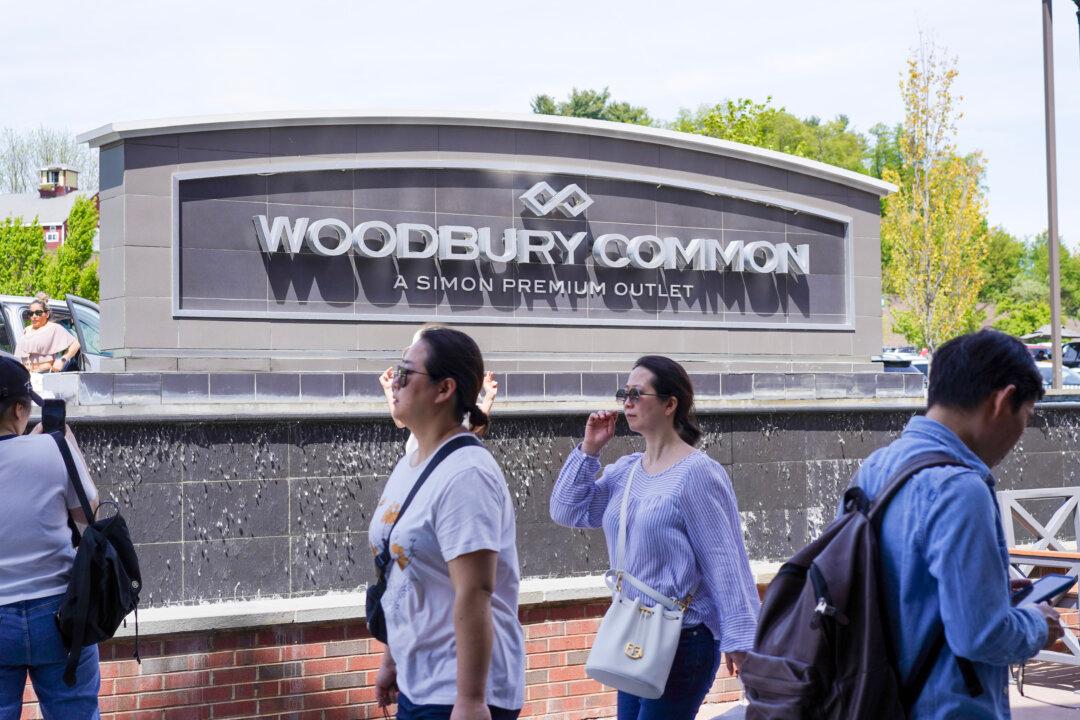New York just made another step forward in its decades-long journey to upgrade one of the most congested segments of Route 17 to the federal interstate highway standard.
On Sept. 19, the state Department of Transportation advanced two enhancement designs for the 30-mile segment between Wurtsboro and Harriman—including one plan with a new third lane in both directions—for further study in the environmental review process.





